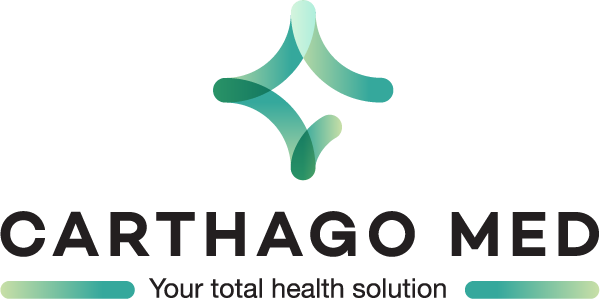
Is it necessary to undergo a body lift after bariatric surgery?
After bariatric surgery (gastric bypass, sleeve gastrectomy, etc.), the patient loses weight dramatically, which results in droopy skin layers, and a very unsightly silhouette. This is one of the reasons why a body lift may be recommended after bariatric surgery; to tone the body and refine the figure. In this blog article, you will discover what the body lift is about; and whether it is necessary to undergo it after bariatric surgery.
What is the body-lift surgery ?
Body-lift surgery, also known as body contouring, is a specialized plastic surgery aimed at removing excess skin and fat, sculpting the body to enhance its natural contours. This procedure is especially relevant for individuals who have undergone bariatric surgery, where rapid weight loss can lead to issues such as loose folds of skin, posing challenges to personal hygiene, body image, and overall quality of life.
Why undergo a body lift after bariatric surgery?
After having had recourse to bariatric surgery (gastric bypass, sleeve gastrectomy, etc.), the patient loses weight dramatically (unless they rigorously respect recommendations and precautions provided by their doctor after the surgery). Bariatric surgery will help the patient lose unwanted fat deposits, but the latter comes with a price; as it results in skin slackening and gives the overall silhouette a very unsightly appearance. Problems such as difficulties in personal hygiene, skin rashes, and challenges finding clothes that fit properly can arise, leaving individuals frustrated and self-conscious. If excess skin is mainly located in the abdominal region, an abdominoplasty will suffice to eliminate fatty deposits and tone the abdomen. However, if excess skin is located all-around the patient’s body or in different regions of it, a body-lift surgery would be more efficient.
When to consider undergoing a body-lift surgery?
A body-lift surgery is generally recommended when the patient has lost more than 30 kilos. The procedure is also considered if the patient suffers from skin slackening as a result of dramatic weight loss. In most cases, the skin does not retract by itself; and the patient is therefore unable to retrieve a firm and toned silhouette despite practising sports regularly. During the preliminary consultation, the surgeon will determine whether the patient needs a body-lift surgery; and accordingly agree to perform it.
How is the body-lift surgery performed?
Body-lift surgery is an invasive procedure. Body-lift surgery is performed on an outpatient basis under general anaesthesia. The duration of the surgery depends on the types and number of procedures involved, which approximately last from three to five hours. The procedure of the body-lift consists in creating a cut (or many) in target areas of the body; and then eliminating excess skin. Remaining skin is then tightened and repositioned. The surgeon concludes the procedure by suturing incisions and concealing them in natural folds of the body. As far as post-surgical scarring is concerned, the incision will be performed all around the patient’s waist. It is to be noted that the more the amount of excess skin to remove, the bigger and more noticeable the scar will be.
How long do I have to wait before having body lift after bariatric surgery?
One common question is, "How long do I have to wait before having body contouring surgery?" It is crucial to ensure your weight is stable before considering these surgeries. Typically, individuals opt for body contouring surgery about two years after bariatric surgery when their weight has stabilized.
What is the Recovery Process Like After Body-Lift Surgery?
After their body-lift surgery, the patient has to be hospitalized for a few days and will have to wear a contention garment for a whole day during four weeks. It is important to be emotionally ready for the body-lift surgery; as the procedure is distressing and the recovery period may be long. The patient has to be careful from exposing her scars to direct sunlight during the few weeks that follow the surgery.
What are the risks of Body-Lift surgery?
Body lift procedures, like any surgical intervention, come with inherent risks such as bleeding and infection. Fortunately, these risks can be effectively managed through appropriate post-operative care measures. However, challenges in wound healing may arise, requiring vigilant monitoring and follow-up by medical professionals to ensure optimal recovery. Additionally, patients often experience numbness around incision sites and visible scarring, although ongoing advancements in surgical techniques are focused on minimizing these effects. Despite these potential issues, with proper medical attention and the use of advanced methods, individuals undergoing body lift procedures can achieve favorable outcomes and smoother recoveries.
What are the results of the body-lift surgery?
The results of the body-lift surgery are quite satisfying; the patient finds a dramatically metamorphosed silhouette with minimum excess skin. Thanks to the surgery, the patient will feel better in their skin and will be able to dress themselves easily and comfortably. All in all, the body-lift surgery has a positive effect on the patient’s psychological state; and may even help them appreciate and love their body.









